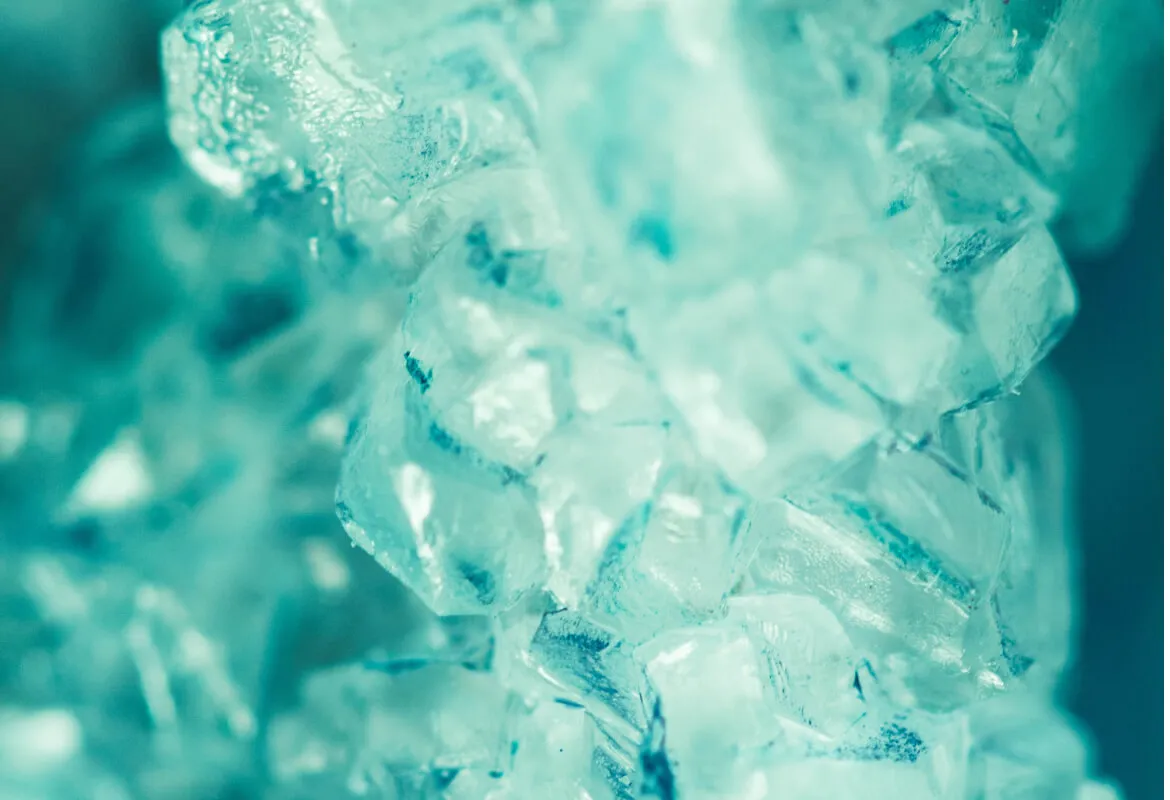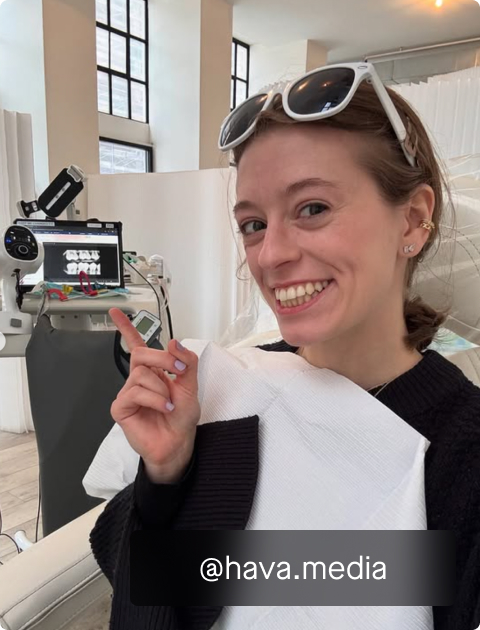Non-fluoride toothpaste - how to pick the right one

Fluoride made its debut in toothpaste in the 1890s in Germany, and gained popularity in the US in the 1950s. Recently more options have hit the market that offer fluoride-free toothpastes. If you're looking for toothpaste without fluoride you will be bombarded with options, so how do you choose?
"The key is using toothpaste with a remineralizing agent," shares Wally hygienist, Iman Zayed, RDH. "Remineralization is like refueling your body after an intense workout. Just like you need to replace electrolytes and water lost in your workout, you also need to replace the calcium and phosphorus that your teeth lose from the acids that come from bacteria eating the food and drink particles that get stuck in your mouth."
Replacing those minerals keeps your enamel strong. Enamel is the hardest substance of the body - enamel is 96% mineral and only 4% water which makes those pearly whites more like rocks than shells. Fun fact: tooth enamel is tougher than steel, seriously.
That's because the main mineral in your enamel is, hydroxyapatite, a crystalline calcium phosphate which is pretty dang strong. Even though your enamel is strong like superman or superwoman, it still has a kryptonite: acids from bacteria.
Any food that remains in your mouth soaks in your saliva which breaks those particles into carbohydrates and sugars. You have lots of bacteria in your mouth from, well, being alive, and those bacteria eat those carbs and sugars, the byproduct (yes 💩) is acid. These acids are, well, acidic, and as they sit on your teeth, they dissolve the minerals (calcium and phosphorus) on the tooth enamel.
"No matter how much you rinse, brush, and floss your mouth will still have bacteria which produce acids," confirms Iman. "And the great news is we now know that if we stay on top of our hygiene routine and remineralize our teeth daily, we can prevent enamel decay."
The best remineralizing agents come from your toothpaste.
Toothpaste without fluoride is great as long as it has a remineralizing agent
Fortunately, there are now plenty of toothpaste options for you to use every day - ideally twice per day 😉. The downside of so many choices is, how do you know what to pick?
We asked our dentists and hygienists for their advice for picking the right toothpaste. They said to pick whatever flavor and texture you find most enjoyable because it makes it easier to brush your teeth. And most importantly, make sure your toothpaste has one of these remineralizing ingredients:
- Nano-hydroxyapatite
- Recaldent
Hydroxyapatite, and our favorite toothpaste brand
Hydroxyapatite is a naturally occurring form of the mineral calcium apatite, also known as calcium phosphate. And it's the same stuff your enamel is made out of. Toothpaste with nano-hydroxyapatite is a great way to replenish the calcium and phosphorus lost to acids on your teeth.
It's got a cool name and a cool backstory 🧑🚀. Like lots of other awesome scientific advances, NASA helped pioneer the use of this compound when it sent it to space with its astronauts. Turns out the no-gravity environment caused astronauts to lose minerals in their bones, so NASA introduced nano-hydroxyapatite to repair those lost minerals.
Now it's gaining popularity in different toothpaste brands. Our favorite nano-hydroxyapatite toothpaste is Boka - which is why we give a complimentary tube to each of our members so they can give it a try to see if it's a good fit for them.
Recaldent explained
Recaldent is a milk-derived protein that releases calcium and phosphate, which enamel can then absorb. We usually recommend this option for people who have extremely dry mouths. Recaldent is very soothing and does not irritate dry mouths like other toothpastes can.
However, a word of caution: Recaldent is milk-derived which means it can cause an allergic reaction if you have a dairy allergy. Before purchasing this option we recommend consulting your physician if you have any form of dairy allergy.
Dental fluorosis and its connection to fluoride
This situation shows up as paper-white "flakes" or narrow white lines on your teeth. If you have these white spots on your teeth, you are not alone. Roughly 41% of adolescents have fluorosis according to the Centers for Disease Control.
Those white spots are caused by hypomineralization from excessive fluoride ingestion (aka systemic fluoride) while your adult teeth were forming. But your body is only susceptible to fluorosis during "ossification" phases when your bones and teeth are being formed. As an adult, you are no longer at risk from fluorosis from systemic fluoride.
If you have white spots on your adult teeth you should discuss with your dentist if that is from dental fluorosis, or if it's actual decalcification. Depending on what caused the white spots there are important actions you can take during your at-home hygiene routine to keep your teeth in tip top shape.
That's why every Wally studio member gets a customized at-home oral hygiene routine, including a list of products to help you meet your oral health goals. If fluoride isn't your thing, we know just the products to pair with your unlimited dental cleanings and whitenings to keep your teeth as healthy as possible.
Learn more about our membership and join the waitlist if you want to get unlimited dental cleanings when we open near you. We are accepting new members for our NYC studios and opening more locations.
Check out "Fluoride: the ultimate guide" for the pros and cons of fluoride, and how you can remineralize your teeth like a pro.









